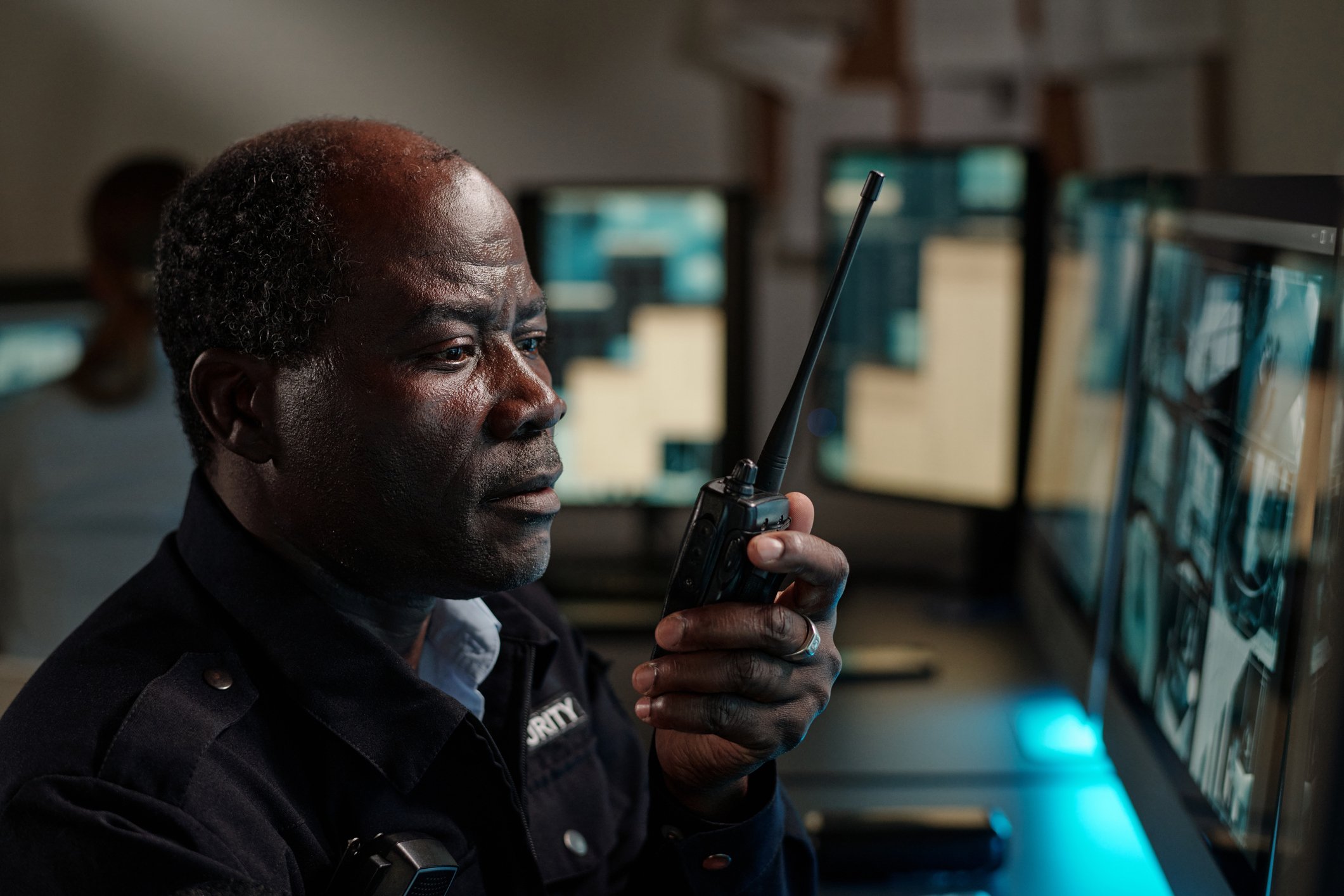
One of the most satisfying parts of my job at Chicago Communications is helping clients, such as healthcare organizations and school districts, build centralized security systems that integrate voice, video surveillance, and data analytics.
These centralized command centers streamline communication, help schools and hospitals respond faster, reduce costs, and improve safety system-wide.
Here are a few real-world examples of how centralized command centers are making a significant impact.
Centralized Command Centers for Hospitals: Better Coordination, Lower Costs
For healthcare systems with multiple locations, duplicating personnel and managing different communication platforms can be expensive and messy.
Before: Fragmented Systems, Limited Communication
We worked with a healthcare organization that had a separate security office at each hospital site. Each office had its own security director and assistant director. They all used different video systems. If something serious happened at one location, there was no shared view or way to talk to another hospital beyond picking up the phone.
Multiply that setup across ten hospitals, and you have a complicated system that slows everything down.
Solution: A Centralized Command Center
We partnered with their video vendor to build a centralized command center that could monitor video, manage access, and communicate with every hospital. We brought the Motorola MOTOTRBO Linked Capacity Plus Trunking system to create a shared radio network across facilities.
Now, even non-emergency staff, such as patient transport or facilities teams, can reach the command center directly. Security teams have real-time visibility across all sites through upgraded video feeds.
After: Streamlined and Scalable
Here's what things looked like once the centralized command center was up and running:
-
Two-way radio communication that works across all hospitals
-
Centralized video surveillance and unified records management
-
Reduced duplication in leadership roles
-
Faster coordination across locations
This organization now has a more intelligent, more connected system that keeps people safer, helps staff work more efficiently, and supports long-term operational savings.
Centralized Security for Schools: Faster, Smarter Communication
The same applies to schools. When one building is dealing with a crisis, the others need to know immediately.
Scenario: Rapid District-Wide Communication
We helped a large school district in the Chicago suburbs that wanted to centralize communication across their schools. Before, they were calling each school individually to share critical updates. That just wasn’t fast enough.
We helped them roll out a one-to-many system using Motorola WAVE PTX—a solution that lets them send messages instantly to radios, phones, and tablets, even to staff off-site.
We also helped them:
-
Centralized school bus tracking
-
Coordinate video feeds across the district
-
Manage real-time updates for district-wide events
Now, with their centralized command center, they can respond faster, with less effort.
What a Centralized Command Center Can Do for Your Organization
Whether a medical emergency or a security incident, you need all the right people informed and ready to act when something goes wrong. That’s where a centralized command center shines.
Here’s how it works:
-
Log and track incidents in one place with Motorola Ally
-
Monitor video feeds from systems like Avigilon video security
-
Connect instantly via radios and mobile devices
When your team has access to all the right tools and information, you get faster responses, better coordination, and more transparent reporting.
The Long-Term Benefits of a Centralized Command Center
Not everyone immediately sees the value of centralized communication systems. We understand. Aligning your IT and security priorities or finding the budget can take time.
But once it's in place, the results are hard to ignore:
-
Lower personnel and equipment costs
-
Better coordination across departments or locations
-
Scalable systems that grow with your needs
-
A stronger foundation for emergency response
If you run a school district, hospital network, or multi-site organization, it’s worth finding out how a centralized command center could benefit you.
Are you ready to explore what a centralized command center could look like at your school or hospital? Contact our team to start a conversation.



